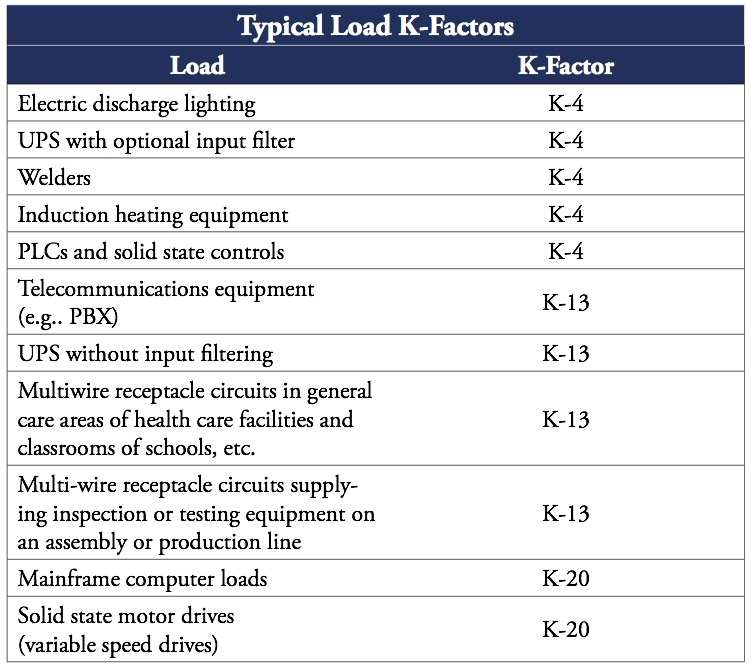
February 05, 2011
By Suzette Albert, power quality product manager at SolaSD
In recent years there has been an increasing awareness of the issue of power harmonics, stirred by the proliferation of sensitive electronics, high-powered computers, and more sophisticated equipment deployed in the industrial environment.
In an electrical power system, harmonics are current and voltage with
frequencies that are integer multiples of the fundamental power
frequency. That is, in a power system with a fundamental frequency of
60Hz, the second harmonic is 120Hz, the third harmonic is 180Hz, et
cetera. Harmonics have no useful purpose, yet contribute to losses and
lower system efficiency. Harmonics return over the neutral and are
dissipated as heat in cables and load devices.
Transformers serving nonlinear loads have increased winding temperatures
due to harmonic currents generated by those loads. This overheating
likely will result in a shortened service life for the transformer. For
example, operating a transformer at 10 degrees C above its
insulation-rated class will cause approximately a 50% reduction in the
life of the transformer. If the over temperature gets high enough or
lasts long enough, the transformer will prematurely fail. Other warning
signs of harmonics include: overheated neutral conductors and panels,
unexplained tripping of circuit breakers, line voltage distortion,
equipment failure, electrical fires, control equipment misoperation, and
interference on communication lines.
{mospagebreak}
The “K-Factor” conveys a transformer’s ability to serve varying degrees
of nonlinear loads without exceeding the rated temperature rise limits.
For any given nonlinear load, if the harmonic current components are
known, the K-Factor can be calculated and compared to the transformer’s
nameplate K-Factor. As long as the load K-Factor is equal to or less
than the transformer’s rated K-Factor, the transformer does not need to
be derated. The higher the K-Factor, the more non-linear loads the
transformer can handle. The actual formula to determine K-Factor takes
into account the frequency and current intensity of each individual
harmonic. The chart portrays typical load K-Factors.
 K-Factor rated transformers are preferred over oversized (derated)
K-Factor rated transformers are preferred over oversized (derated)
conventional transformers because they are designed to supply nonlinear
loads, are equipped with 200% rated neutral bus, and are likely to be
smaller and less expensive. Disadvantages of an over-sized standard
transformer may include the requirement for a higher short-circuit
rating on circuit breakers and the drawing of a higher inrush current.
Derating a standard transformer is only a temporary fix that often
translates into lower efficiency operation.
* * *
To request information about SolaHD K-Factor rated transformers, CLICK HERE or email egseg.customerservice@emerson.com
Print this page